Increased Focus on Sustainability
Sustainability has emerged as a pivotal driver within the Forklift Trucks Market, as companies strive to reduce their carbon footprints. The shift towards electric and hybrid forklifts is indicative of this trend, with electric models expected to account for over 30% of total forklift sales by 2025. This transition not only aligns with environmental regulations but also offers cost savings in terms of fuel and maintenance. Furthermore, businesses are increasingly prioritizing sustainable practices, which in turn influences their purchasing decisions regarding forklift trucks. As a result, manufacturers are compelled to innovate and provide eco-friendly solutions, thereby fostering growth in the Forklift Trucks Market.
Rising Demand for E-commerce Logistics
The Forklift Trucks Market is experiencing a notable surge in demand driven by the rapid expansion of e-commerce logistics. As online shopping continues to gain traction, warehouses and distribution centers are increasingly relying on efficient material handling solutions. In 2025, the demand for forklift trucks is projected to grow by approximately 8%, as companies seek to optimize their supply chains. This trend necessitates the adoption of advanced forklift technologies to enhance operational efficiency and reduce turnaround times. Consequently, manufacturers are focusing on developing innovative forklift models tailored to the specific needs of e-commerce operations, thereby propelling growth within the Forklift Trucks Market.
Rising Labor Costs and Workforce Shortages
Rising labor costs and workforce shortages are compelling businesses to invest in automation and advanced material handling solutions within the Forklift Trucks Market. As labor becomes increasingly expensive, companies are seeking ways to enhance productivity while minimizing reliance on manual labor. The adoption of automated forklifts is expected to rise, with a projected increase of 20% in sales by 2025. This shift not only addresses labor challenges but also improves operational efficiency. As businesses adapt to these economic pressures, the Forklift Trucks Market is likely to evolve, with a greater emphasis on automation and innovative solutions to meet the changing landscape.
Technological Advancements in Forklift Design
Technological advancements are significantly shaping the Forklift Trucks Market, as manufacturers integrate cutting-edge features into their designs. Innovations such as telematics, automation, and advanced safety systems are becoming standard in modern forklift models. In 2025, it is anticipated that the market for automated forklifts will expand by 15%, reflecting the growing preference for efficiency and safety. These advancements not only enhance operational productivity but also reduce the risk of workplace accidents. As companies increasingly adopt these technologies, the Forklift Trucks Market is likely to witness a transformation, with a greater emphasis on smart and connected equipment.
Expansion of Manufacturing and Construction Sectors
The Forklift Trucks Market is poised for growth due to the expansion of manufacturing and construction sectors. As these industries recover and expand, the demand for material handling equipment, including forklifts, is expected to rise. In 2025, the construction sector alone is projected to grow by 6%, necessitating the use of forklifts for efficient material transport. This growth is further supported by government initiatives aimed at boosting infrastructure development, which in turn drives the need for reliable forklift solutions. Consequently, manufacturers are likely to increase production to meet the rising demand, thereby contributing to the overall growth of the Forklift Trucks Market.
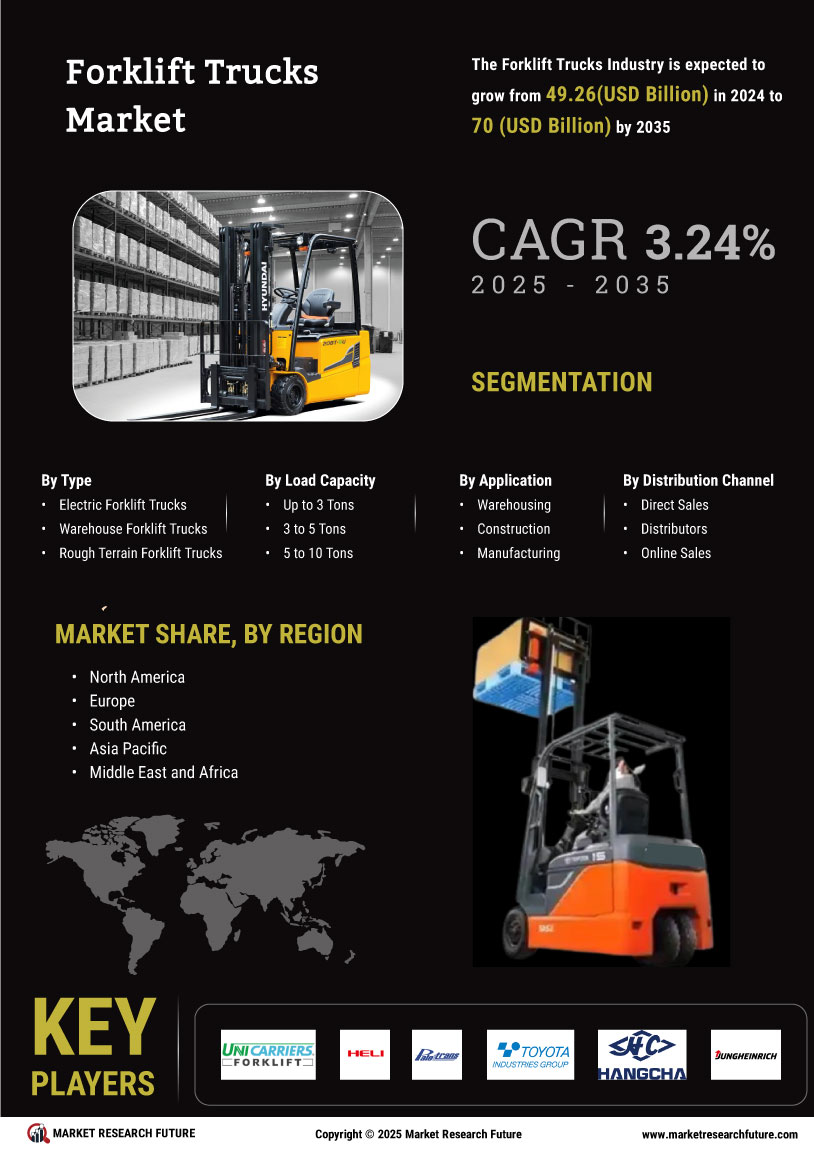

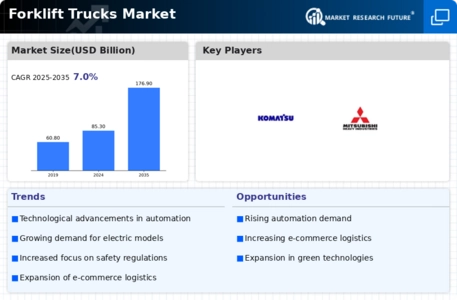
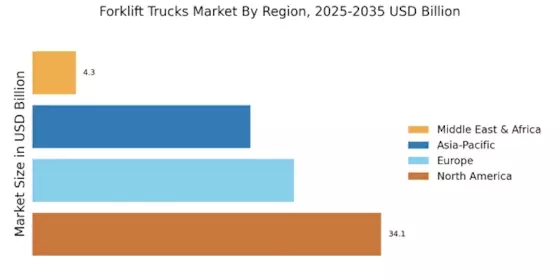



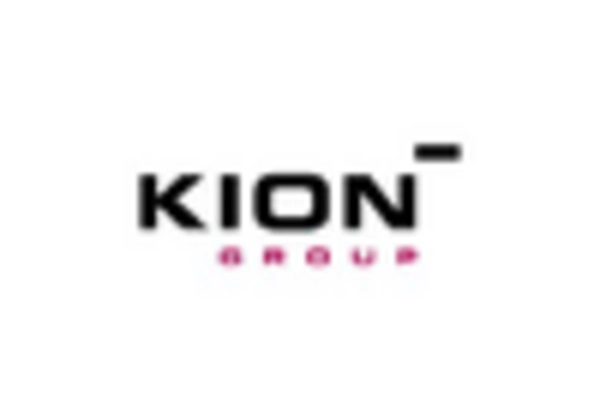
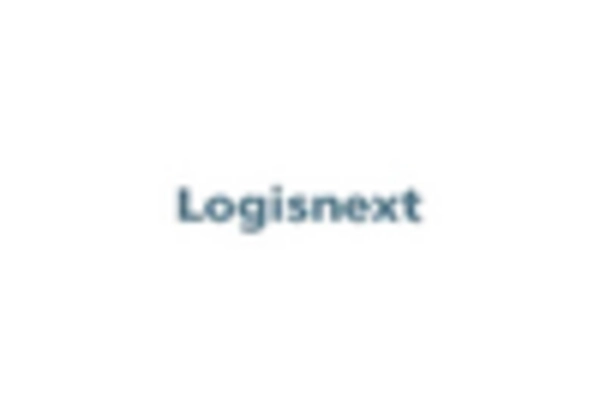
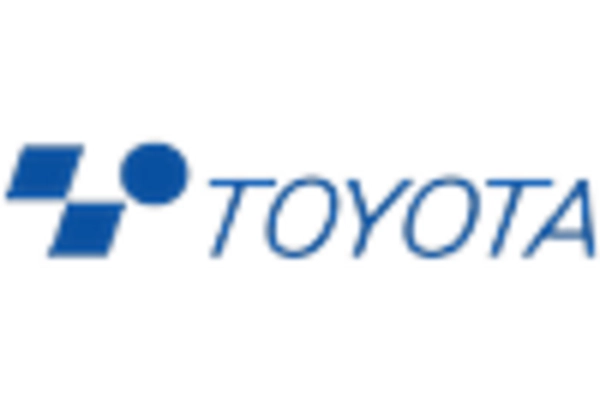








Leave a Comment